A review and sample photos of the MS-APOQUALIA 28mm F2-I lens, shot with a digital rangefinder camera and a mirrorless camera.
- Please see the disclaimer regarding advertising here.
- Italicized links in the text are advertisement links that take you to other sites.
Table of contents
Gallery
The following cameras were used to take the sample photos:
- LEICA M10
- LEICA M-P Typ240
- LEICA M8
- LEICA T typ701
- SONY α7Sii
- SONY α NEX-7
- Panasonic LUMIX GM5
- Click on the photo to enlarge
Review
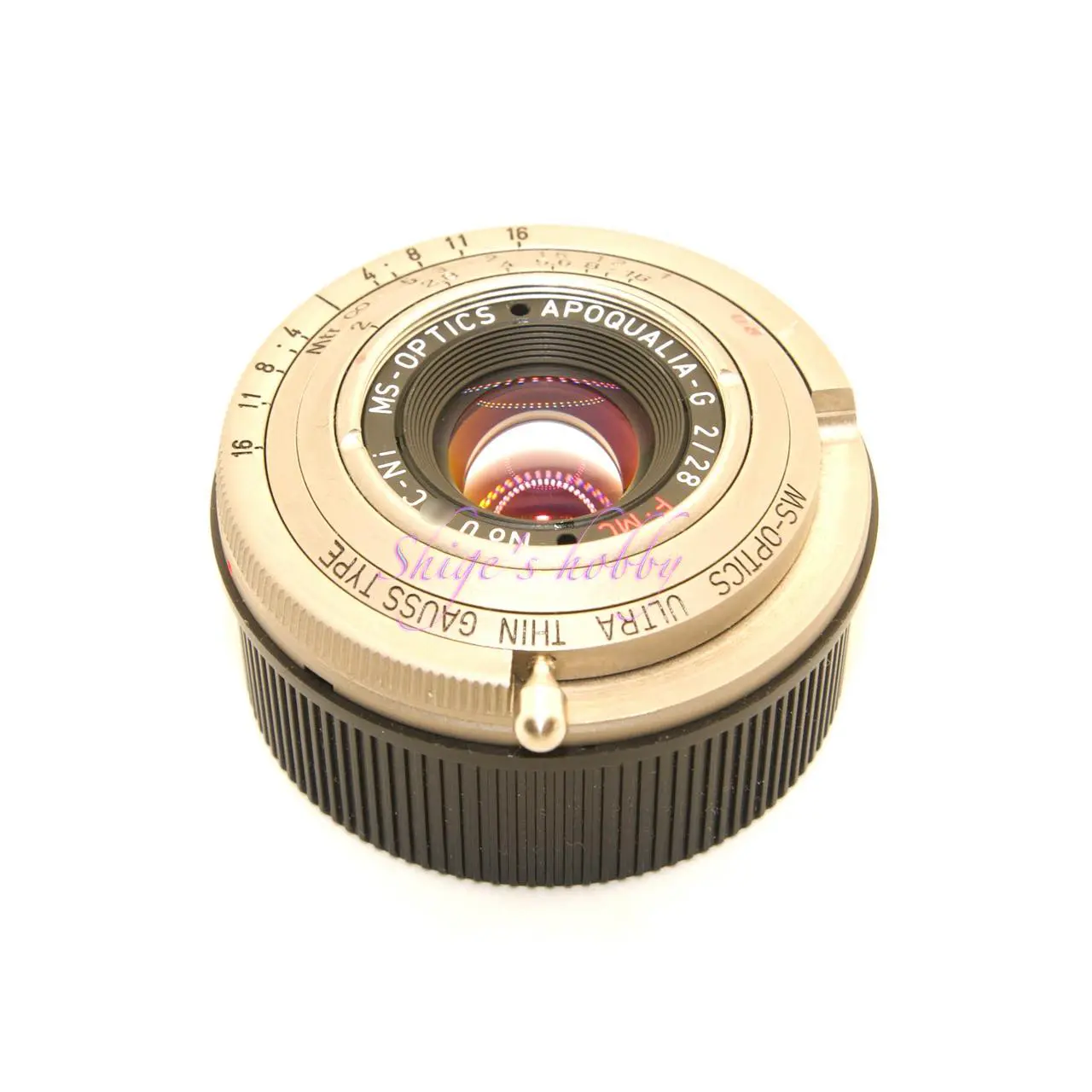
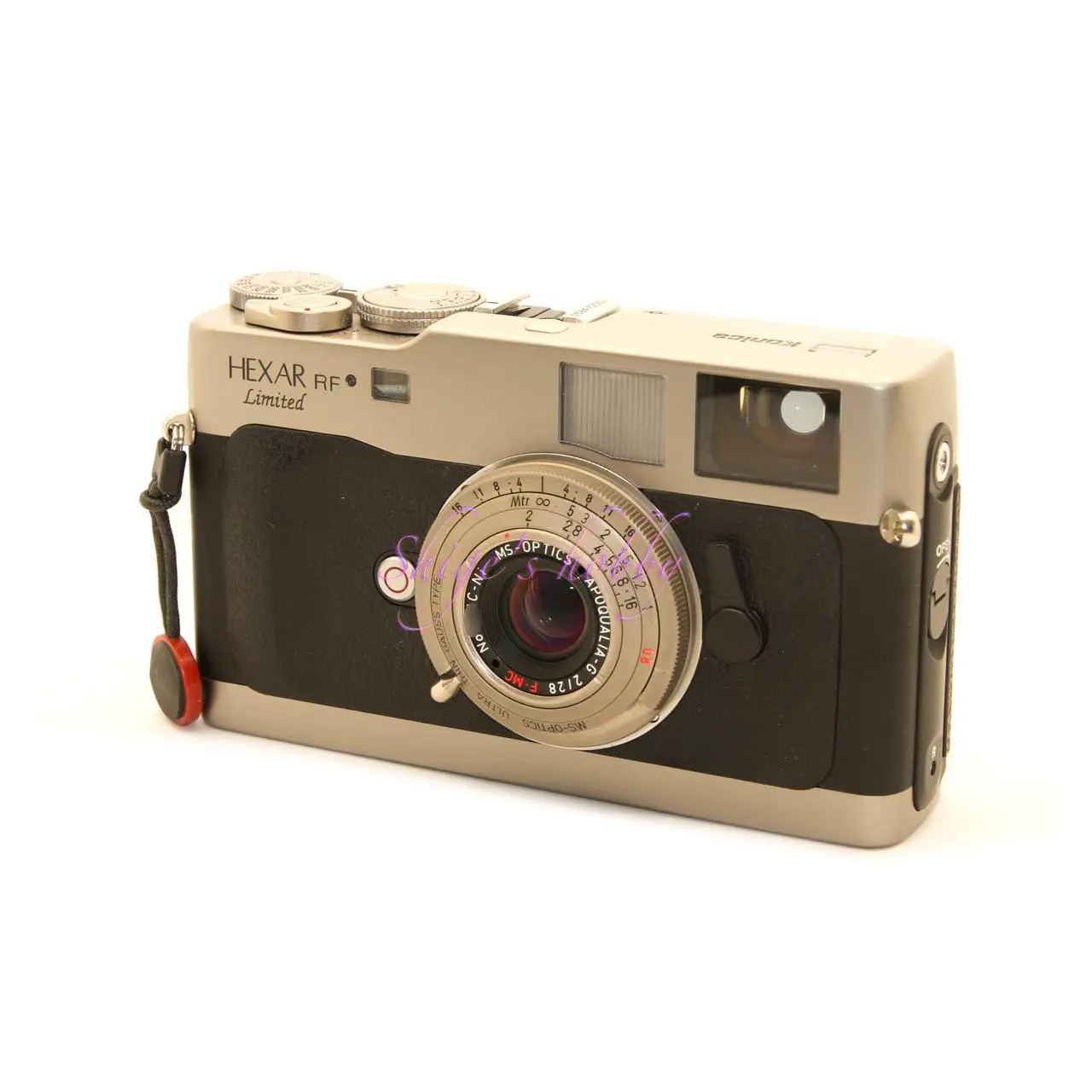
1.Overview
The Apoqualia 28mm is a large-aperture lens with a focal length of 28mm and an f/2 maximum aperture, released by MS-Optics (Miyazaki Optical) in 2016. It boasts a compact body and a large aperture of f/2 and a focal length of 28mm.
Main specifications are listed below, with details provided in the table.
- F/2 Maximum Aperture
- Lens Construction: 4 groups, 6 elements, Gaussian type
- Aperture Blades: 10
- Minimum Focus Distance: 0.8m
- Leica M Rangefinder Camera Rangefinder Coupling: 0.8m
- Hood: 28mm diameter, dedicated screw-on
- Lens Color Options: Silver, Black, Silver Rhodium, Classic Nickel
- Lens Length: 10mm
- Weight: 70g
2.Usability
The Ms-APOQUALIA 28mm F2-I is fundamentally a lens that prioritizes image quality in the center of the frame. When shooting in backlit conditions, flare can occur across the entire image at the widest aperture, and regardless of lighting conditions, blurring and a noticeable deterioration in image quality may be observed in the peripheral areas.
The flare and peripheral blurring can be improved to some extent by stopping down the aperture.
Many general consumer lenses aim for uniform resolution across the entire image at the widest aperture, which is in contrast to this lens. This is because Ms-optics prioritizes compactness and brightness in its lens design, so the reduced image quality in the peripheral areas is a design compromise and a characteristic of the lens.
Without understanding this, comparing it to modern lenses might give the impression of a defective lens, but that is not the case.
Digital Rangefinder Cameras
Both the LEICA M10 and LEICA M-P typ240, equipped with a 35mm full-frame sensor, are digital rangefinder cameras with 24 million pixels. This lens appears to be limited to a resolution of approximately 24 million pixels at its widest aperture.
Furthermore, the image circle is optimized for 35mm film format, and when photographing the sky, vignetting at the edges can be noticeable. This can be confirmed by looking at the example images from the medium-format digital sensor camera, which will be introduced later.
The LEICA M8, equipped with an APS-H size sensor, has a smaller sensor size than 35mm film format, so the actual shooting focal length is equivalent to 28mm * 1.33 = 37mm.
Looking at the shooting results, there is no flare because there is no direct light, and because the sensor size is smaller, the edges are cropped compared to images shot with 35mm film format, resulting in a clean depiction across the entire image.
The depiction of the 500 series Shinkansen in the example image is at an aperture of approximately F2.8-4, and there is no flare and the depiction is consistent even at the edges.
Mirrorless Cameras
The SONY α7Sii, equipped with a 35mm full-frame sensor, is a mirrorless camera with 12 million pixels. As can be seen from the example images, although it is a camera with a low pixel count, when shooting a blue sky at the widest aperture, vignetting is noticeable, and blurring at the edges can also be observed.
As examples of cameras equipped with APS-C size sensors, the LEICA T typ701 and SONY α NEX-7 have smaller sensor sizes than 35mm film format, so the actual shooting focal length is equivalent to 28mm * 1.5 = 42mm.
In these shooting results, because the edges are forcibly cropped, the negative aspects of the depiction at the edges of a full-frame sensor are not noticeable.
Among APS-C sensor cameras, the α NEX-7’s sensor, when using a lens where the rear end of the lens is close to the sensor, can cause a color cast at the edges of the image due to the wavelength of light entering the sensor’s periphery, as shown in the photo below, where the blue sky noticeably changes to a reddish color. Since this phenomenon was not observed with the 14-megapixel sensor of the previous α NEX-5 model or the 16-megapixel sensor of the successor α NEX-6 model, it is likely a compatibility issue between the α NEX-7’s sensor and this lens.
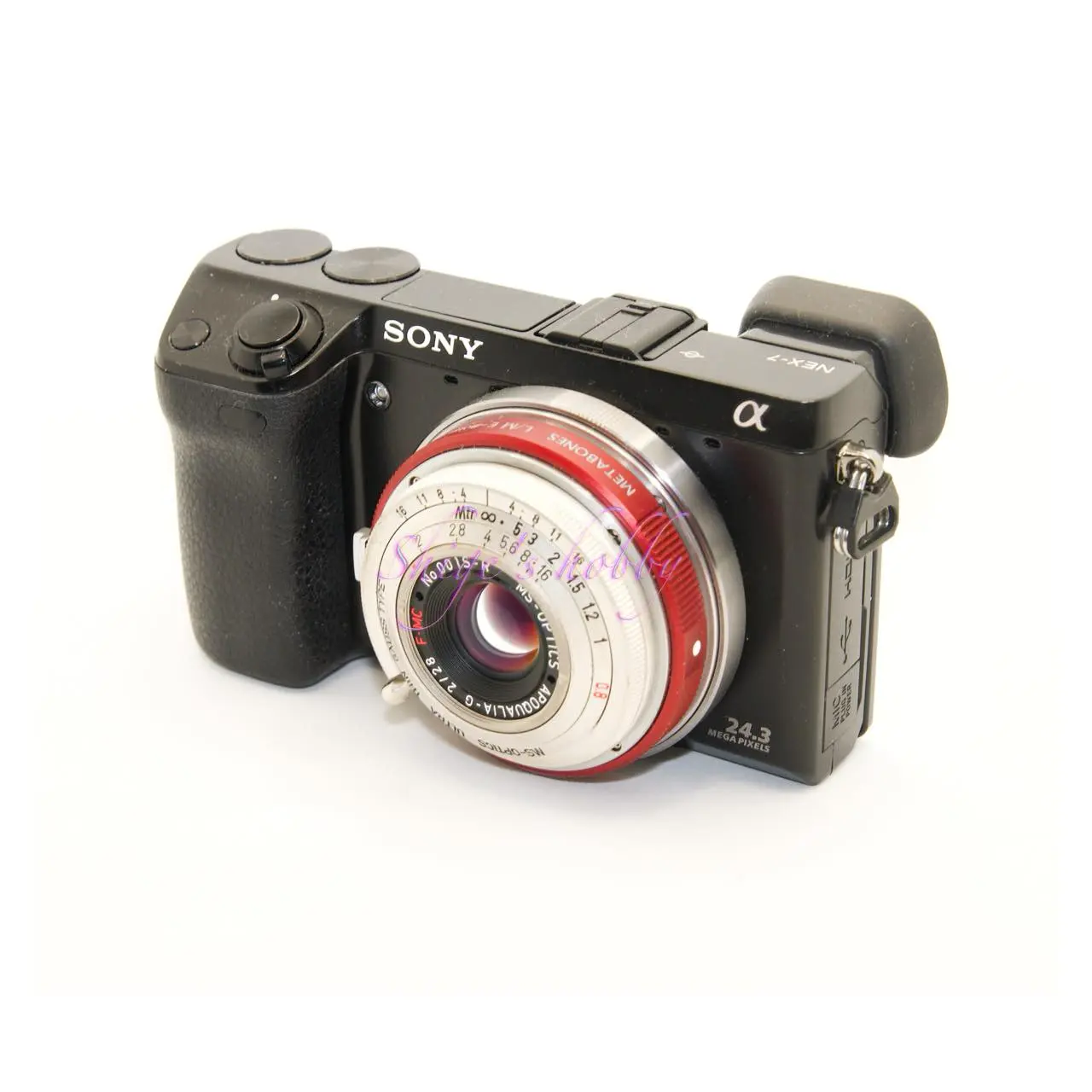
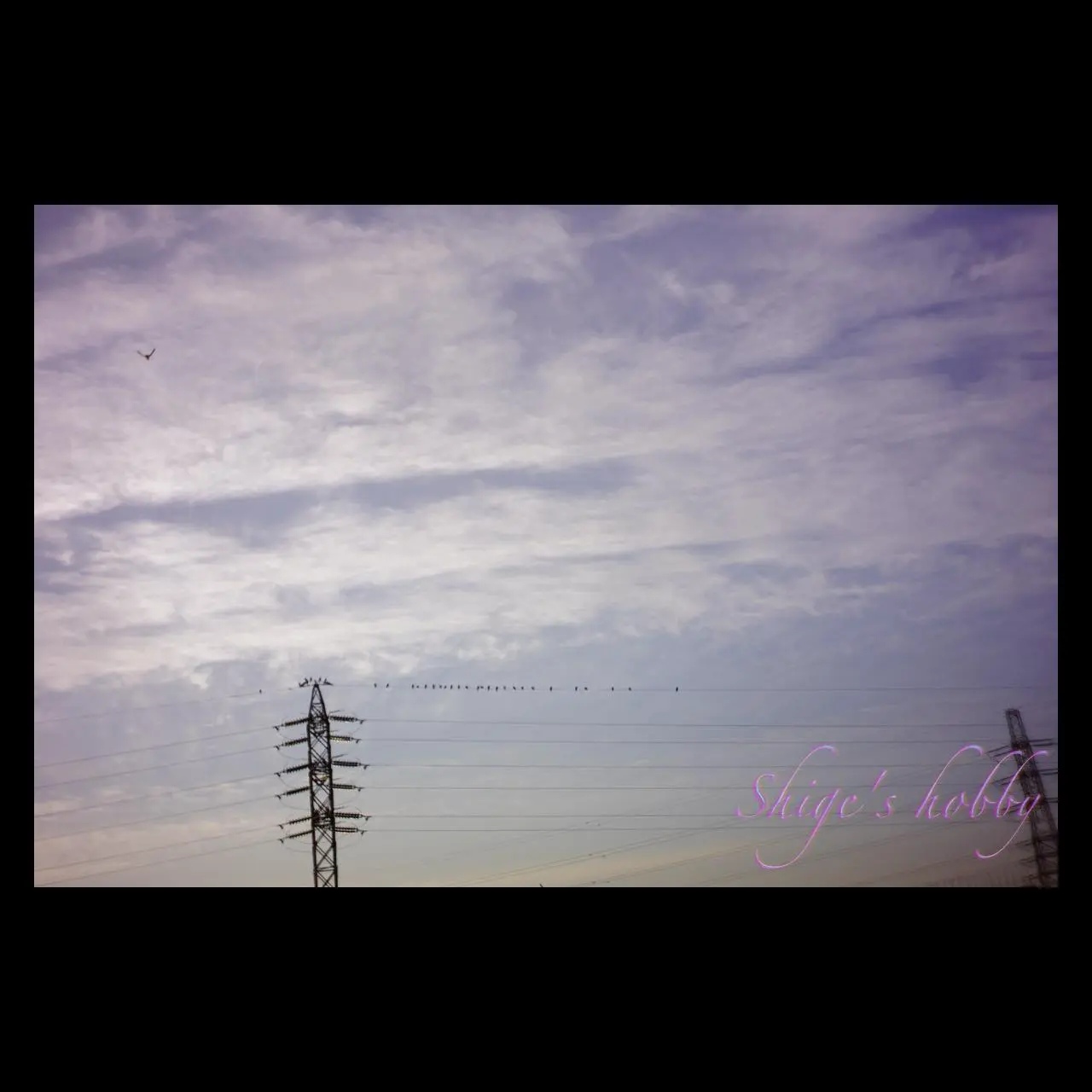
Micro Four Thirds Sensor
The thickness of this lens, similar to a body cap, matches well with the compact size of Micro Four Thirds cameras, and when attached, it feels like carrying a compact camera with an integrated lens, fitting very well into a camera bag.
The sensor size is smaller than an APS-C sensor, and the actual shooting focal length is equivalent to 28mm * 2 = 56mm.
Looking at the shooting results, the edges are forcibly cropped, and the entire image shows consistent rendering even at the widest aperture.
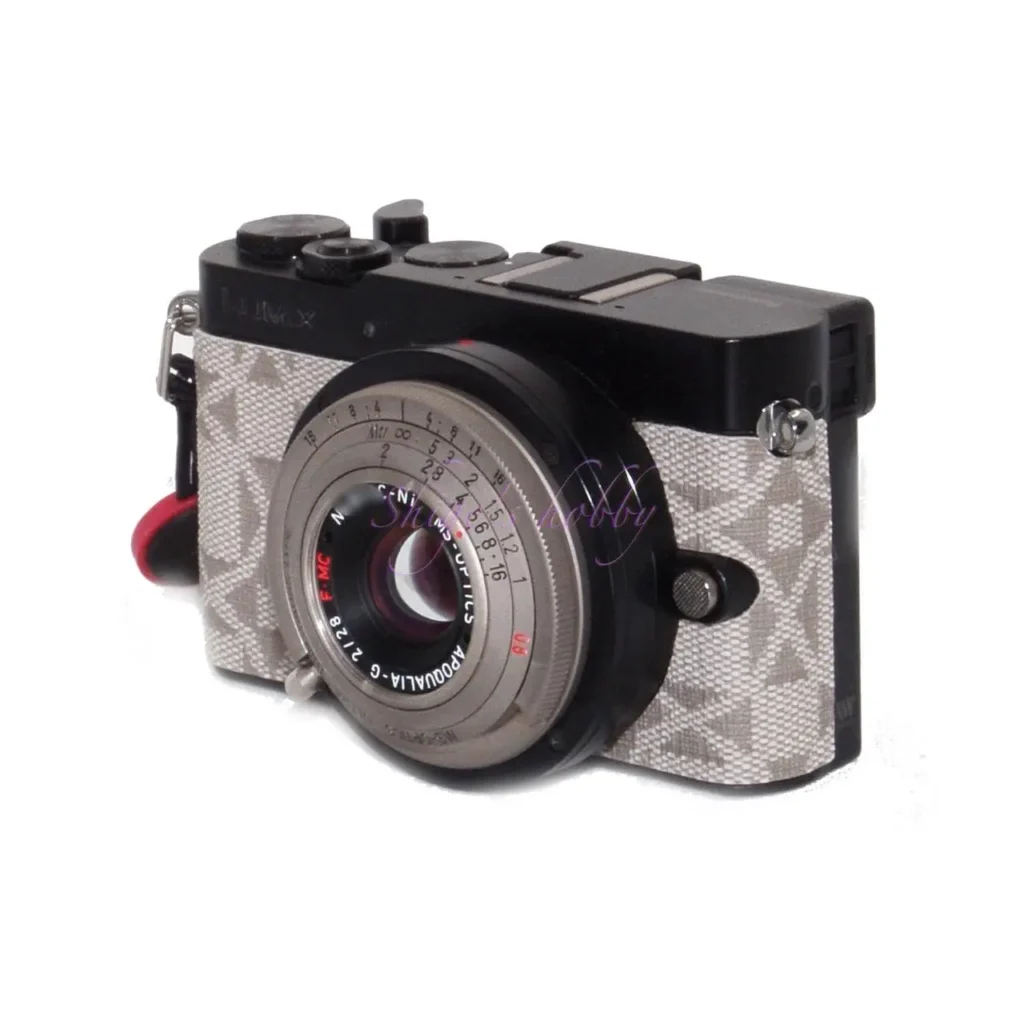
3.Summary
In conclusion , to sum up the APOQUALIA 28mm F2-I, its compact body and light weight make it a lens that suits small cameras well. Because the minimum focusing distance is long at 0.8m, you’ll need to use an auxiliary helicoid to shorten the minimum focusing distance if you want to get closer. The second and third generation lenses can get as close as 0.35m on their own, making them more versatile.
Although it is a Gaussian lens, the rear end of the lens is close to the sensor, so caution is advised as color casts may occur in the peripheral areas depending on the camera’s sensor.
Specifications, considerations, etc.
While image quality is largely a matter of preference, Apoqualia can have difficulty with peripheral areas, so the three-element PERAR offers better clarity and stability. It’s also a matter of preference, but while the Gaussian type, which has abundant peripheral light, isn’t bad, I prefer the PERAR’s sharp central image quality.
This lens has a long history, having been released in I, II, and III models, and each of the three generations has a different design. The II model in particular has a wide range of colors, including lacquered finishes.
In terms of performance, the I model has a minimum focusing distance of 0.8m, the same as the rangefinder coupling range of a rangefinder camera, while the II and III models maintain the same 0.8m rangefinder coupling range. In line with the popularity of mirrorless cameras, the lens can be extended out to 0.35m, allowing for close-up shooting with the correct focus position on cameras with live view display on the rear LCD and an electronic viewfinder.
In 2023, the fourth generation of the same series, the APOQUALIA 28mm F1.7, was released, with an aperture value of F1.7. This lens has the same lens configuration of 6 elements in 4 groups, but according to the specifications sheet that came with the lens, the central glass has been made thinner to make the lens brighter.
| Item | PERAR | APOQUALIA-1 | APOQUALIA-2/3 | APOQUALIA-4 |
| Focal length(mm) | 28 | 28 | 28 | 28 |
| Max aperture | 4 | 2 | 2 | 1.7 |
| Min aperture | 22 | 16 | 16 | 16 |
| Aperture blade | 10 | 10 | 10 | 10 |
| Lens Construction | 3 groups in 3 elements | 4 groups in 6 elements | 4 groups in 6 elements | 4 groups in 6 elements |
| Min distance(m) | 0.8 | 0.75 Rangefinder link is 0.9m to infinity. | 0.35 Rangefinder link is 0.8m to infinity. | 0.4〜0.6 0.8mまでカメラ距離計連動 |
| Length(mm) | 9 | 9.8 | 9.8 | 9.8 |
| Max diameter(mm) | 48.6 | 50.0 | 50.0 | 50.0 |
| Filter size(mm) | 19 | 28 | 28 | 28 |
| Weight(g) | 45 | 70 | 70 | 70 |
| lens hood | Dedicated cylindrical screw type | Dedicated cylindrical screw type | Dedicated cylindrical screw type | Dedicated cylindrical screw type |
| lens mount | ライカM | LEICA_M | LEICA_M | LEICA_M |
| Release date | 2012 | 2016 | 2018 | 2023.6 |
| Price | ¥60,000 | ¥100,000 | ¥100,000 | ¥100,000 |
Reference links
- MK DIRECT(Ms-optics Official page)
- LEICA M-P typ240・Shige’s hobby
- LEICA T typ701・Shige’s hobby
- SONY α7Sii・Shige’s hobby
- SONY NEX-7・Shige’s hobby
Affiliate links

Amazon Prime Sale
- 宮崎光学・Ads by Rakuten
- Ms-optics・Ads by Amazon
- 宮崎光学・Ads by Amazon
- 宮崎光学・Ads by Yahoo Shopping
- ライカレンズ・Ads by Amazon
- ライカ書籍・Ads by Amazon
- Ms-optics関連商品:メルカリアンバサダー
Update history
- 2025.10.27
- 2025.8.8

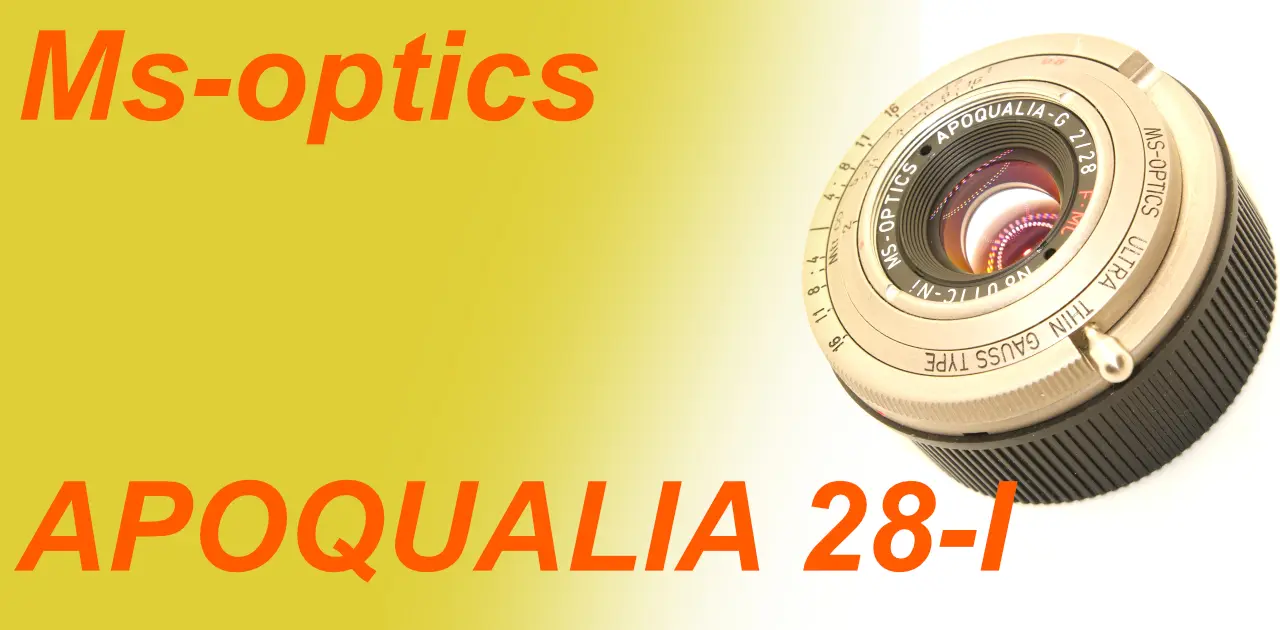

Be First to Comment